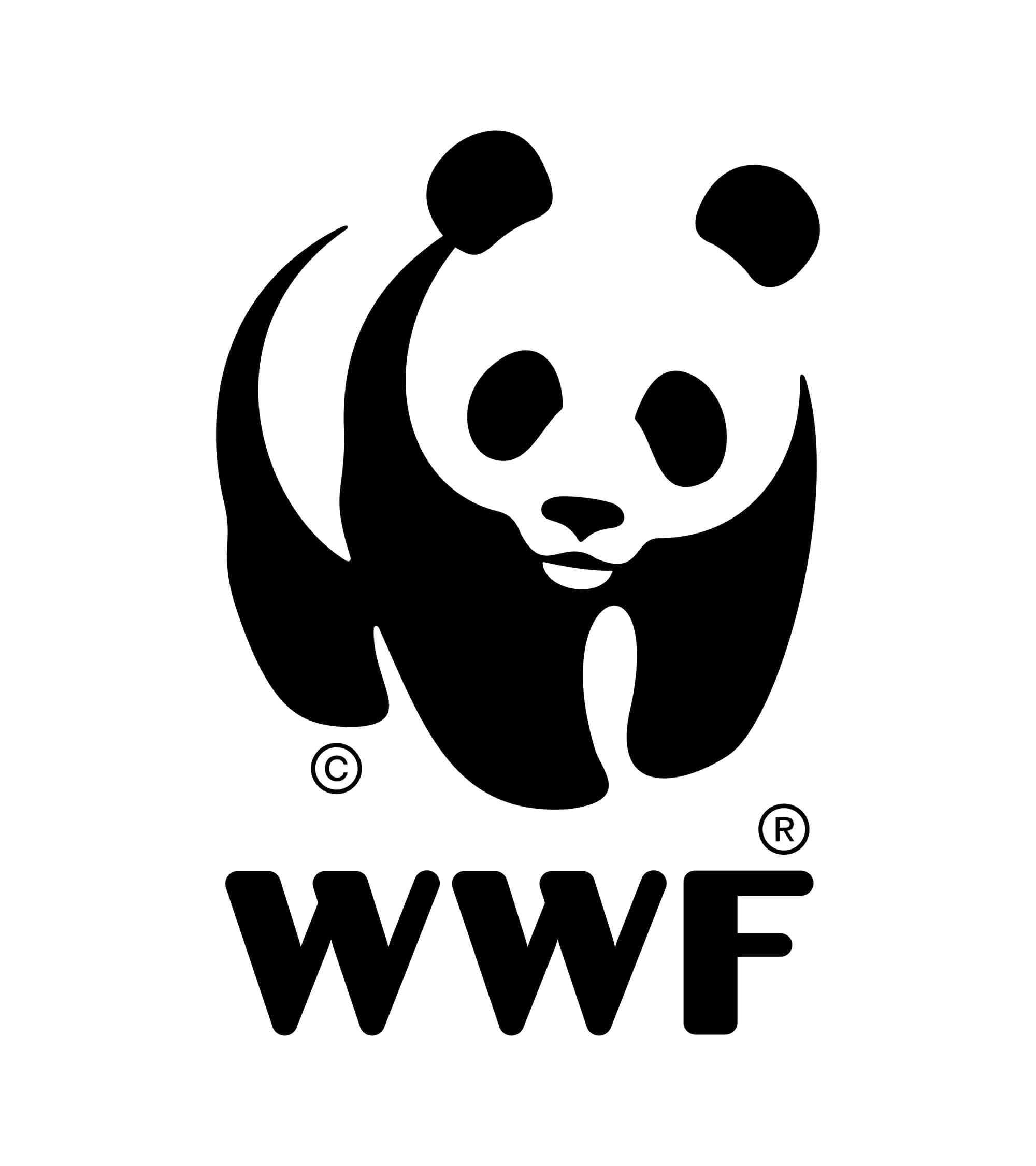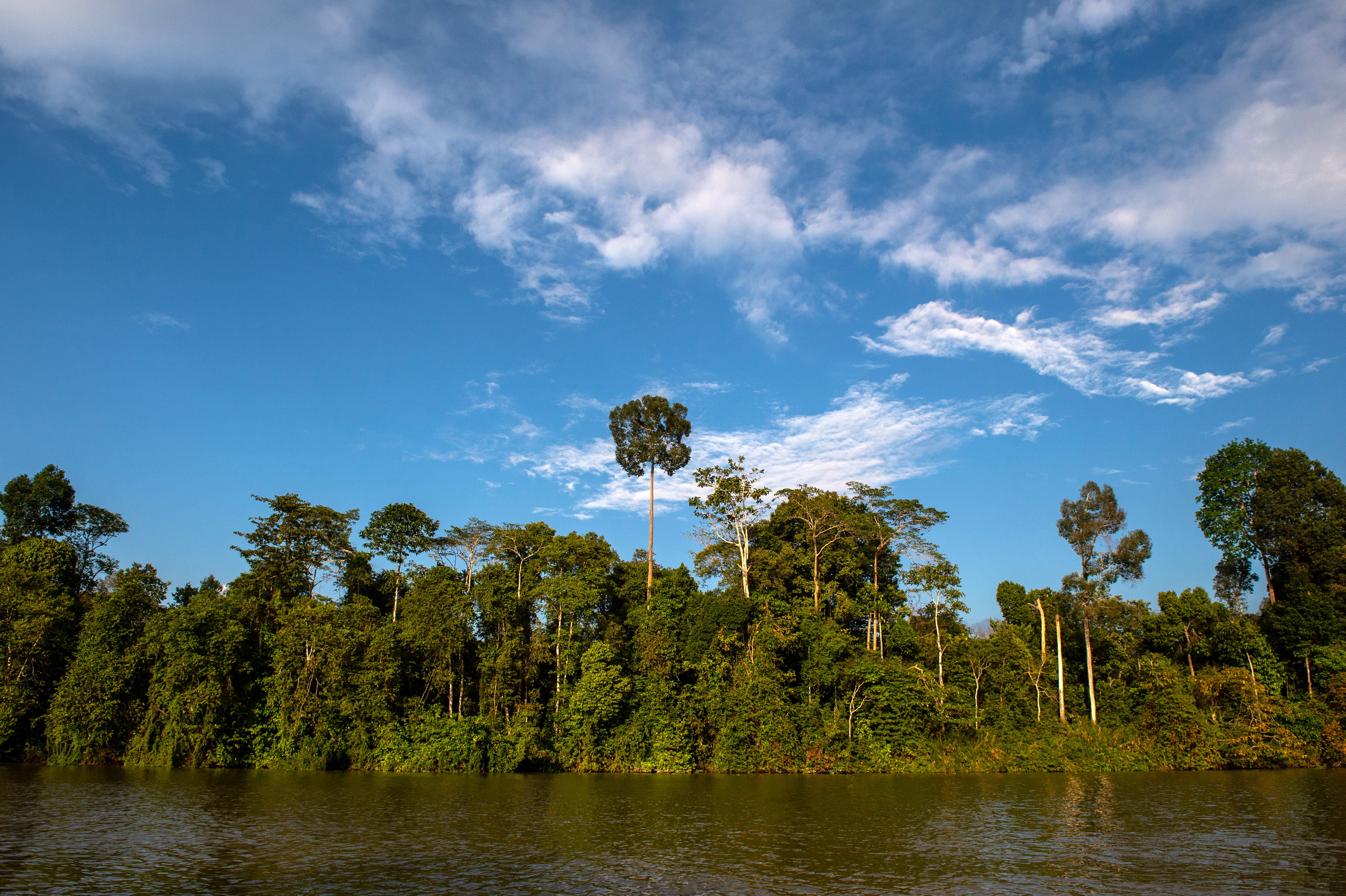17 DAYS IN THE WILD – AN URBAN DWELLER’S EXPERIENCE
By: Nicholas Fong
I recently had the opportunity to join the "Wildlife Research Expedition Trip" organized by Yayasan Sabah, starting from 5 - 22 July 2012. The trip aimed to explore the diversity of wildlife within and outside the Imbak Valley Conservation Area (ICCA), as well as to gather information and facilitate future work on wildlife management and conservation.
One of the many surprises on this trip was my appointment as leader of one of the 13 groups. I was tasked with driving a 4WD car and crossing a large river. We spent several days in the jungle unprepared for proper sleeping and eating. We also had to stay in an area where illegal poachers roamed, and almost every night we heard rifle shots!
My colleagues and I from WWF-Malaysia flew to Sandakan and Thereon. This trip was an adventure for us. We drove a 4WD car to the Imbak Valley Conservation Area (ICCA) found in the Tongod Region, about 300km from Kota Kinabalu.
The houses there are made of natural materials. There is also a beautiful waterfall. There are now 4 newly established campsites there, spread across four areas named 'Tampoi Research Site', 'Gunung Kuli Research Site', 'Kapur Research Site', and 'Pinang-Pinang Research Site'.
We traveled for 5 hours, through roads that were in poor condition and difficult to pass. A few kilometers before arriving at the campsite, we had to cross the Imbak River. This river has a high water level. Fortunately, we managed to cross the river without any problems. We arrived at the campsite before dusk. After dinner, we attended a briefing session by the organizers. At that time, cameras, GPS, and most importantly food supplies for the rest of the expedition were distributed.
Each day we observed with surveillance cameras in locations where wild animal tracks or droppings were detected. We took turns doing this research; at the same time some people had to stay at the campsite to look after our belongings as our campsite area was easily accessible to many people.
We managed to capture images of 2 species through our surveillance cameras.
We also found 14 species of mammals and 27 species of birds. Of the 14 mammal species, two of them were found injured and one of them is categorized as endangered based on data from the IUCN.
The number of mammals seen is decreasing drastically due to illegal logging and poachers in the area.
Overall, the expedition trip was a success, except for the radio for communication which broke down and could not be used to contact outsiders. Fortunately, nothing happened; just a few leeches and mosquitoes.
My feelings were very mixed during this expedition. I was sad that I didn't get to observe the main species, such as rhinos, elephants and orangutans. On the other hand, I was happy because I had the opportunity to drive a 4WD car and cross the river. I was also happy to see some beautiful waterfalls with crystal-clear water.
This trip was a once in a lifetime opportunity. If there is an offer like this again, I am ready to follow it with great enthusiasm!
Nicholas Fong is a staff member of the Forestry Law and Governance Unit at WWF-Malaysia. (Sabah Office)





